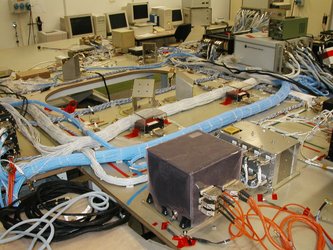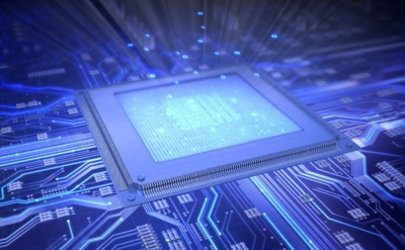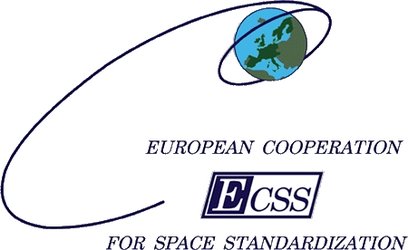Overview of the spacecraft onboard command and control bus
The main functions of the spacecraft onboard command and control bus are:
- The acquisition of data from sensors and the commanding of actuators,
- The transfer of packets of data between onboard instruments and control computers,
- The distribution of time information.
Summary of Onboard Bus Requirements

The architecture of safety critical systems, such as flight control systems, in new spaceccrafts is moving from fully centralized processing towards distributed processing in which specialized microcontrollers are used to control intelligent actuators over a digital communication bus. We can then summarize the requirements that must be met by the spacecraft onboard bus as:
- Ability to acquire synchronous data frames from sensors with controlled latency,
- Ability to transmit synchronous to actuators with controlled latency,
- Ability to transfer asynchronous and isochronous data packets between nodes,
- Provide a symmetric medium access control service to nodes (i.e. each node can access the bus on demand),
- Provide accurate distribution of time data and time reference pulse.
- Provide a safe implementation for a cross-strapping mechanism
See more details in the menu on the right of this page.






